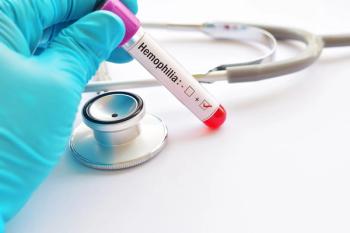
Medication, lifestyle changes best for kids with T2DM
Children and adolescents newly diagnosed with type 2 diabetes mellitus (T2DM) should be given metformin therapy and dietary and activity guidance as first-line treatments for the disease, says AAP.
Children and adolescents newly diagnosed with type 2 diabetes mellitus (T2DM) should be given metformin therapy and dietary and activity guidance as first-line treatments for the disease, says the American Academy of Pediatrics (AAP) in a
For most children and adolescents aged 10 to 18 years with T2DM, the guideline recommends starting metformin at 500 mg daily and increasing by 500 mg every 1 to 2 weeks to a maximum of 2,000 mg per day, in divided doses, until goals are met. Medication is to be accompanied by a lifestyle-modification program that includes nutrition counseling and physical activity. Patients should be encouraged to exercise vigorously for at least 1 hour per day and to limit sedentary screen time to 2 hours or fewer daily.
For those children who are ketotic or in diabetic ketoacidosis at diagnosis and for whom the distinction between type 1 and type 2 diabetes is not clear, the guideline recommends immediate insulin therapy. A physician experienced in treating diabetic patients with insulin should supervise treatment.
The guideline suggests monitoring patients’ HbA1C every 3 months and increasing treatment dosages if goals are not met. Patients taking insulin, those with a risk of hypoglycemia, and those with other illnesses should have blood glucose levels checked with multiple daily finger-stick tests to ensure glycemic control.
The AAP notes that the guideline is not intended to replace clinical judgment or establish a protocol for all children with T2DM. However, the association is hopeful that the guidance will help primary care physicians be more confident in their ability to treat and manage T2DM in pediatric patients and to recognize the point at which referral to a pediatric subspecialist becomes necessary.
The new guideline was accompanied by a
Newsletter
Access practical, evidence-based guidance to support better care for our youngest patients. Join our email list for the latest clinical updates.











